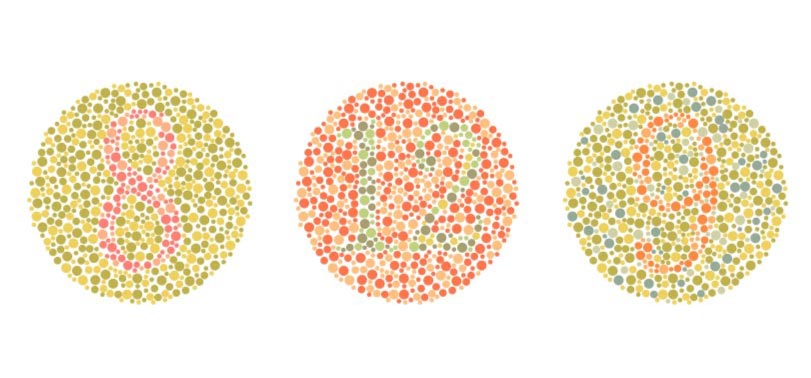


Short-sightedness (Myopia)
Myopia is a type of refractive error where blurring of vision occurs when looking at a distant object while the vision is clear when looking at near objects. This condition occurs when the image is focused in front of the retina due to longer eyeball, higher curvature of the cornea or high-refractive index of the lens.
Signs and Symptoms
- Blurry of vision at distance
- Difficulty in recognising faces further away
- Difficulty in driving
- Eyestrain, headache and tired eyes
- Severe cases of myopia, near vision is also affected
- Squinting and frowning to see better
Risk Factors
- Hereditary
- Prolong and excessive engagement with electronic gadgets or near task for children
Treatment/Management
- Refractive error surgery
- Prescription glasses or contact lenses.
- Orthokeratology (Ortho-K contact lenses)



Far-Sightedness (Hyperopia)
Hyperopia is a type of refractive error where distance objects are seen clearer than near objects. This condition occurs when the image is focused behind the retina due to short eyeball or lesser curvature of the cornea.
Signs and Symptoms
- Blurry of vision at near, in cases of high hyperopia distance vision get affected as well.
- Eyestrain, headache and tired eyes
- Squinting and frowning to see better
Risk Factors
- Hereditary
Treatment/Management
- Refractive error surgery
- Prescription glasses or contact lenses.



Astigmatism
Astigmatism is a type of refractive error caused by irregular curvature of the cornea or the lens inside your eyes. Consequently, this results in inability of the light rays to be refracted and focused to a single point, hence, glaring occurs.
Signs and Symptoms
- Blurry of vision at both distance and near
- Glaring of vision
- Eyestrain, headache and tired eyes
- Squinting and frowning to see better
Risk Factors
- Hereditary
- Previous history of eye trauma or injury
- Previous history of eye surgery
Treatment/Management
- Refractive error surgery
- Prescription glasses or contact lenses
- Orthokeratology (Ortho-K contact lenses)



Presbyopia
Presbyopia occurs as an ageing process where your eyes gradually lose its flexibility and ability to focus in order to see near or close up images clearly. Essentially, the conditions starts around the age of 40 years old, whereby patients will start to notice difficulty in reading and will eventually prefers to hold their reading materials further away from their normal reading distances.
Signs and Symptoms
- Difficulty focusing and seeing at near
- Eyestrain, headache and tired eyes
- Squinting and frowning to see better
- Hold reading materials further away from normal working distances
- Prefers to remove distance glasses correction while reading
Treatment/Management
- Refractive lens exchange (RLE)
- Laser eye surgery (monovision)
- Contact lens (multifocal or monovision)
- Reading glasses
- Multifocal (progressive) glasses



Colour Blindness / Colour Vision Deficiency (CVD)
Colour blindness is an eye condition where there is difficulty in distinguishing the right variations of different colours, usually red, green, and occasionally blue. Severe or complete colour blindness occurs when someone has trouble seeing any colours, whereby everything was viewed in the shades of grey. However this is very rare. There are different types and stages from mild to severe for colour vision deficiency.
Signs and Symptoms
- Difficulty distinguishing colours in different situation (dim or bright light)
- Trouble seeing shades or tones of the same colour variations
Risk Factors
- Heriditary
- Previous history of medications or drugs used (ie: toxic effects from drugs such as ethambutol)
- Previous eye conditions
- History of eye injury or trauma
- Metabolic and vascular diseases
Treatment/Management
There is no treatment available to treat congenital colour vision deficiency. However, there are few advancement available in ways to manage and cope with colour vision deficiencies which are:
- Colour vision filter glasses
- Special filter contact lenses
For acquired colour vision defects, your ophthalmologists will treat the underlying cause that have resulted in the colour vision deficiency issue.
Book Now
Book Your Appointment
Working Hours:
8:30am – 5:30pm (Monday – Saturday)
Contact Us:
9,10,11, Residensi Park Bukit Jalil, Persiaran Jalil Utama, 57000, Bukit Jalil, Kuala Lumpur

